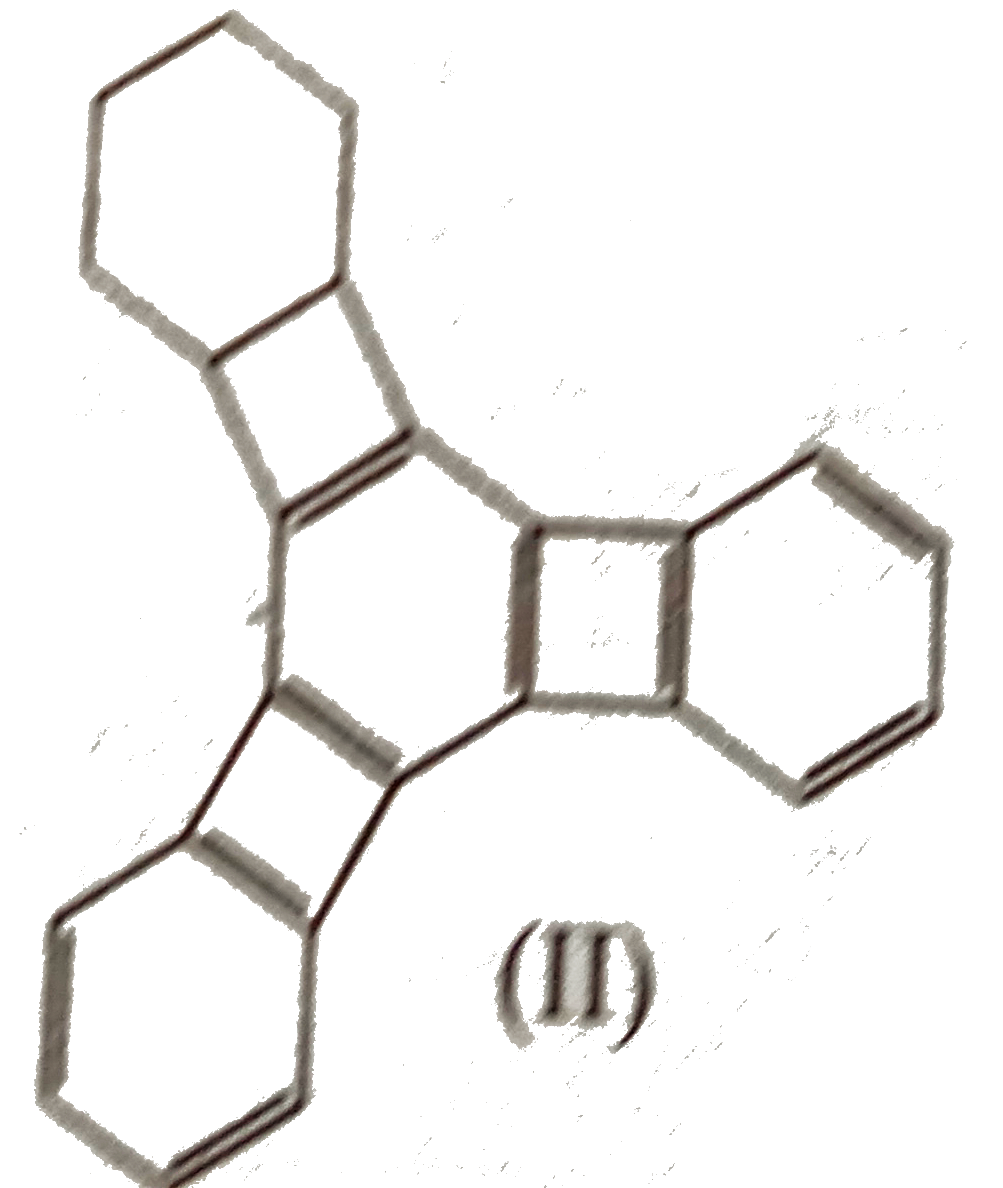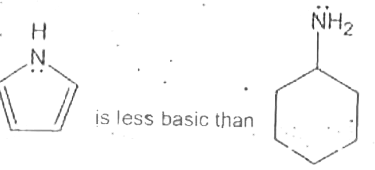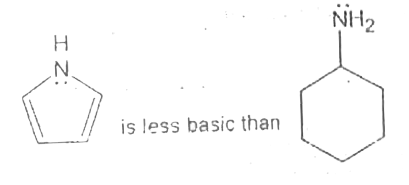Statement 1 : Mammals can eat while breathing.
Statement 2 : Mammals have negative-pressure breath-ing.
Both statement 1 and 2 correct.
Statement 1 is correct but statement 2 is incorrect.
Statement 1 is incorrect but statement 2 is correct.
Both statement 1 and 2 incorrect.
The correct Answer is:A
To analyze the given statements about mammals, we can break down the reasoning step by step.
1. Understanding Statement 1: Mammals can eat while breathing.
- This statement is true. Mammals, including humans, have the ability to eat and breathe simultaneously. This is possible due to the anatomical structure of the throat and the separation of the trachea (windpipe) and esophagus (food pipe).
2. Understanding Statement 2: Mammals have negative-pressure breathing.
- This statement is also true. Mammals utilize a mechanism of breathing known as negative-pressure breathing. This involves the diaphragm and intercostal muscles.
3. Mechanism of Negative Pressure Breathing:
- When mammals breathe in, the diaphragm contracts and moves downward, while the intercostal muscles contract to lift the rib cage upward. This action increases the volume of the thoracic cavity.
- As the volume of the lungs increases, the pressure inside the lungs decreases, creating a pressure difference between the lungs and the external atmosphere.
- This pressure difference allows air to flow into the lungs, which is essential for breathing.
4. Conclusion:
- Both statements are correct. Mammals can eat while breathing due to their anatomical structure, and they employ negative-pressure breathing as their primary method of respiration.
Final Answer:
Both Statement 1 and Statement 2 are correct.
---
- This statement is true. Mammals, including humans, have the ability to eat and breathe simultaneously. This is possible due to the anatomical structure of the throat and the separation of the trachea (windpipe) and esophagus (food pipe).
- This statement is also true. Mammals utilize a mechanism of breathing known as negative-pressure breathing. This involves the diaphragm and intercostal muscles.
- When mammals breathe in, the diaphragm contracts and moves downward, while the intercostal muscles contract to lift the rib cage upward. This action increases the volume of the thoracic cavity.
- As the volume of the lungs increases, the pressure inside the lungs decreases, creating a pressure difference between the lungs and the external atmosphere.
- This pressure difference allows air to flow into the lungs, which is essential for breathing.
- Both statements are correct. Mammals can eat while breathing due to their anatomical structure, and they employ negative-pressure breathing as their primary method of respiration.
Both Statement 1 and Statement 2 are correct.
Topper's Solved these Questions
- BREATHING AND EXCHANGE OF GASESBOOK - NCERT FINGERTPS ENGLISHCHAPTER - BREATHING AND EXCHANGE OF GASESEXERCISE - Higher Order Thinking
12 Videos
- BREATHING AND EXCHANGE OF GASESBOOK - NCERT FINGERTPS ENGLISHCHAPTER - BREATHING AND EXCHANGE OF GASESEXERCISE - Exemplar Problems
13 Videos
- BODY FLUIDS AND CIRCULATIONBOOK - NCERT FINGERTPS ENGLISHCHAPTER - BODY FLUIDS AND CIRCULATIONEXERCISE - Body Fluids And Circulation
151 Videos
- CELL - THE UNIT OF LIFEBOOK - NCERT FINGERTPS ENGLISHCHAPTER - CELL - THE UNIT OF LIFEEXERCISE - Cell - The Unit Of Life
159 Videos
Similar Questions
Knowledge Check
Read the following statements and select the correct option.
Statement 1: Dental formula gives the number of teeth in the half of each jaw.
Statement 2: Dental formula can be expressed for insectivorous mammals as well as for the nonmammalian vertebrates.ABoth statements 1 and 2 are correctBStatement 1 is correct but statement 2 is incorrect Statement 1 is incorrect but statement 2 is correct.CStatement 1 is incorrect but statement 2 is correct.DBoth statements 1 and 2 are incorrect.
Statement A : All metatherians are placental mammals.
Statement B : All placental mammals have menstrual cycle.
View SolutionStatement-1 : All the exothermic reactions are spontaneous.
And
Statement-2 : For a spontaneous reaction, ΔG must be negative.
View Solutiona. Statement- 1 and Statement- 2 are true, and state-ment- 2 is the correct explanation of Statement- 1.
b. Statement- 1 and Statement- 2 are true but Statement- 2 is not the correct explanation of Statement- 1.
c. Statement- 1 is true and Statement- 2 is false.
d. Statement- 1 is false and Statement- 2 is true.
e. Statement- 1 is false and Statement- 2 is false.
Statement- 1:
Compound (I) is formed not (II).
 and
and 
Statement- 2:
Due to the reduction of central ring, 3 four-membered anti-aromatic rings become stable to from (I). In (II), due to the reduction of terminal ring, only one anti-aromatic ring can be stabilised.
View SolutionStatement 1: Primary, secondary and tertiary amines can be separated by Hinsburg reagent and
Statement 2: These amines have different rate of reaction with benzens sulfonyl chloride.
View SolutionMark the true statement among the following with reference to normal breathing.
View SolutionMark the true statement among the following with reference to normal breathing.
View SolutionMark the true statement among the following with reference to normal breathing.
View Solution


